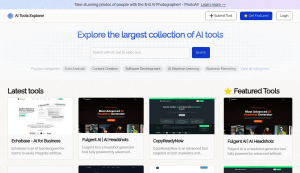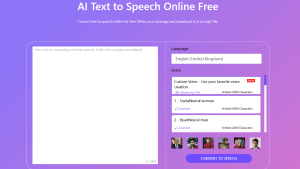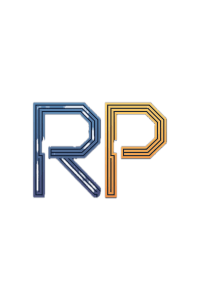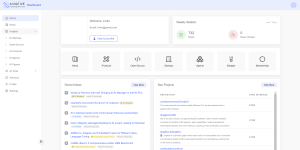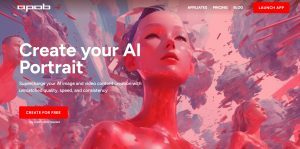As a cutting-edge AI-driven solution, Replace Anything enables users to seamlessly replace any part of an image, with new content generated based on textual descriptions. This innovative technology has profound implications, reshaping industries such as digital marketing and game design, and pushing the boundaries of creative possibilities.
Replace Anything harnesses the synergistic power of advanced AI technologies, integrating repair techniques with AI frameworks like Stable Diffusion and Huggingface Diffusers. This combination promotes meticulous analysis and reconstruction of image segments, ensuring that the newly generated parts are contextually appropriate and blend seamlessly with the original image.
Replace Anything proves its utility across various scenarios:
1. E-commerce: Quickly refresh product visuals by altering colors or designs.
2. Marketing: Customize ad backgrounds to align with different themes or seasonal campaigns.
3. Artistic Creation: Add or change elements in artwork without starting over.
4. Content Moderation: Efficiently replace inappropriate elements in user-generated content.
Adaptability and Precision Tuning
The adaptability of Replace Anything allows for deep customization to meet unique requirements. Users can freely adjust the AI settings to better reflect their artistic vision or brand identity, modifying aspects such as the complexity of details, color schemes, or the style of the content.
Workflow Integration
Replace Anything can be seamlessly integrated into various stages of the development process. In web development, it can dynamically alter images to reflect user preferences or seasonal changes. In the realm of game development, it is capable of generating diverse textures or backgrounds, enriching visual variety without the need for excessive manual input.
Synergy with Other AI Tools
The potential of Replace Anything is amplified when used in conjunction with other AI tools. Integrating with AI-driven analytics tools can enable automatic image adjustments based on user interaction data. Similarly, pairing it with natural language processing tools can facilitate the generation of image content directly from textual feedback or descriptions.




